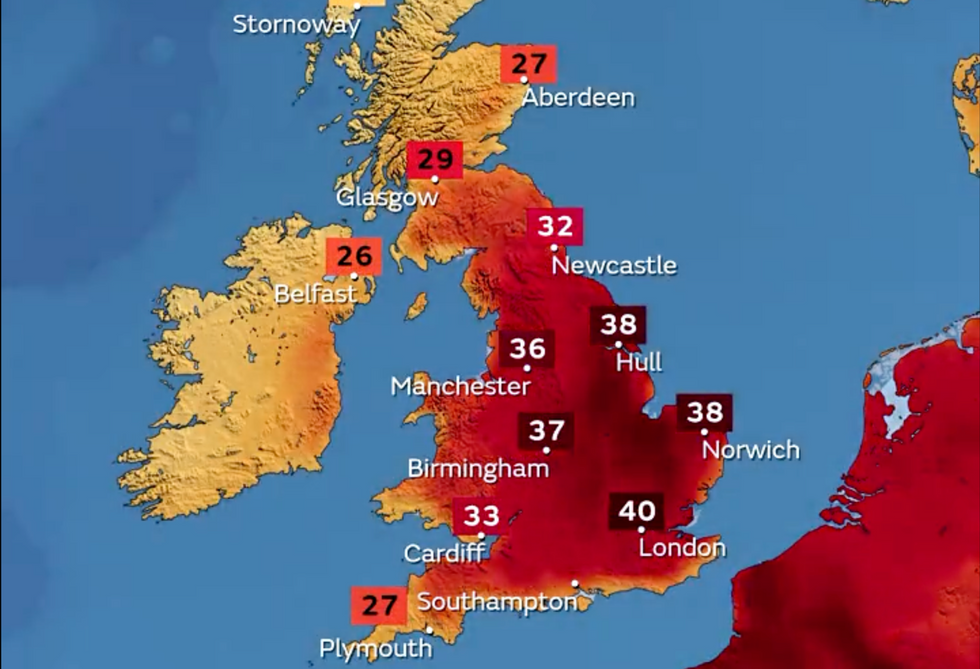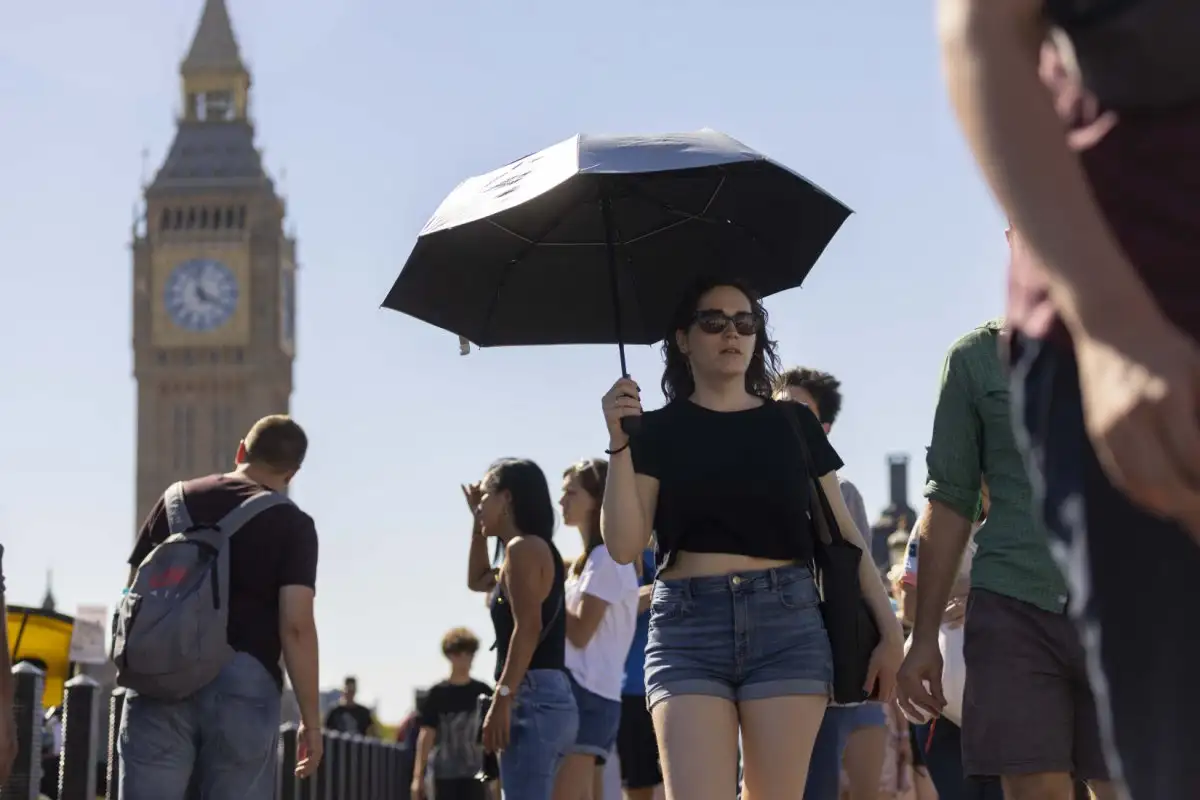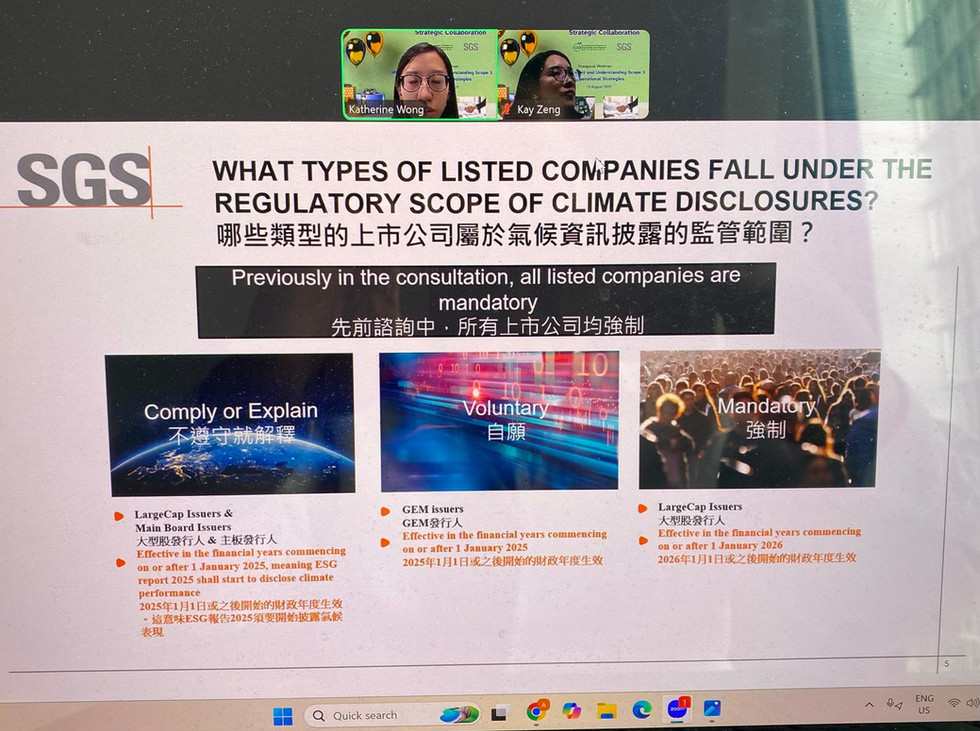Heatwaves in the UK: ESG Considerations for Building Resilience
Janet Ng, U.K. ESG Advocate
A heatwave had just swept parts of the UK last few weeks (Met Office, 2025). During the summer of 2022, the temperatures recorded in the UK, for the first time, reached 40°C and over 4,500 heat-related deaths were reported — served as a stark reminder for scientists and ESG professionals alike (Khosravi, et al., 2025). As climate change progresses, heatwaves are becoming more frequent, intense, and hazardous — highlighting the UK’s current challenges in preparedness and underscoring the need to strengthen environmental, social, and governance (ESG) strategies for greater resilience (Mehryar, et al., 2025).
Environmental Risk: Cooling, Carbon, and Cascading Impacts
For decades, UK housing and urban infrastructure have been designed to retain heat, not shed it. Now, with 82% of UK households reporting difficulty keeping at least one room cool — a fourfold increase since 2011 — residents are increasingly turning to air conditioning (AC) and electric fans (Khosravi, et al., 2025). AC ownership jumped from 3% in 2011 to nearly 20% in 2022, and is expected to rise further as summers warm (Khosravi, et al., 2025). This shift is environmentally risky. Increased AC use during peak hours strains the national grid and, when fossil fuels are used for backup, raises carbon emissions (Department for Energy Security and Net Zero, 2025). More broadly, heatwaves drive cascading effects: wildfires, droughts, water shortages, and transport disruption. Many of these impacts are amplifications, not direct results, of heat, emerging from the interdependence of social, environmental, and infrastructure vulnerabilities (Mehryar, et al., 2025).
Social Impact: Inequality and Vulnerability
Heatwaves are not equal opportunity events. Lower-income groups are twice as likely to report overheating and are less able to afford active cooling technologies like AC, while younger adults are more likely than older adults to use such technologies. Elders, despite being at higher health risk from heat, often under-report discomfort and are less likely to perceive themselves as vulnerable or to adopt cooling measures (Khosravi, et al., 2025). Vulnerable populations, including those in poor-quality housing or with underlying health conditions, are disproportionately exposed and less able to adapt — issues that ESG frameworks must now foreground.
Governance: Integration and Proactive Policy
Current policies remain facing challenges, with adaptation and mitigation handled by separate agencies and considered in isolation (Howarth, et al., 2025). These policies focus remains on winter heating and decarbonisation, with little attention paid to sustainable cooling or adaptation for summer heat (Khosravi, et al., 2025). Scholars argue for a joined up approach — “Climate Resilient Net Zero” — that treats adaptation and mitigation as complementary goals rather than competing priorities. That means designing heat resilience into net zero pathways (e.g., passive cooling, green infrastructure, building fabric and low carbon cooling technologies), and ensuring policy, funding and governance align across sectors and scales (Howarth, et al., 2025).
Building Resilience
Heatwaves are here to stay. As the climate warms, the UK faces a clear ESG challenge: how to adapt equitably, sustainably, and at scale. This means shifting from reactive “quick fixes” to proactive, system-wide planning; integrating climate resilience into mitigation strategies; and ensuring the most vulnerable are neither left behind nor left to bear the brunt of inaction. ESG leadership in the age of heatwaves is no longer optional.
References:
Department for Energy Security and Net Zero, 2025. Understanding secondary heating behaviours Research findings (RAF067/2324). [Online] Available at: https://assets.publishing.service.gov.uk/media/6889c9076478525675738fa5/secondary-heating-behaviours.pdf [Accessed 11 August 2025].
Howarth, C. et al., 2025. Integrating climate mitigation and adaptation in the UK: A new anticipatory narrative for achieving “Climate Resilient Net Zero” in preparing for heat risk. [Online] [Accessed 11 August 2025].
Khosravi, F. et al., 2025. A nation unprepared: Extreme heat and the need for adaptation in the United Kingdom. [Online] Available at: https://doi.org/10.1016/j.erss.2025.104065
[Accessed 11 August 2025].
Mehryar, S., Howarth, C. & Conway, D., 2025. Heat Risk Interdependencies in the UK: Implications for Adaptation. [Online] Available at: https://doi.org/10.1029/2024EF005797
[Accessed 11 August 2025].
Met Office, 2025. Heatwave on the way for some. [Online] Available at: https://www.metoffice.gov.uk/about-us/news-and-media/media-centre/weather-and-climate-news/2025/heatwave-on-the-way-for-some [Accessed 11 August 2025].
(Date: 25th August, 2025)














